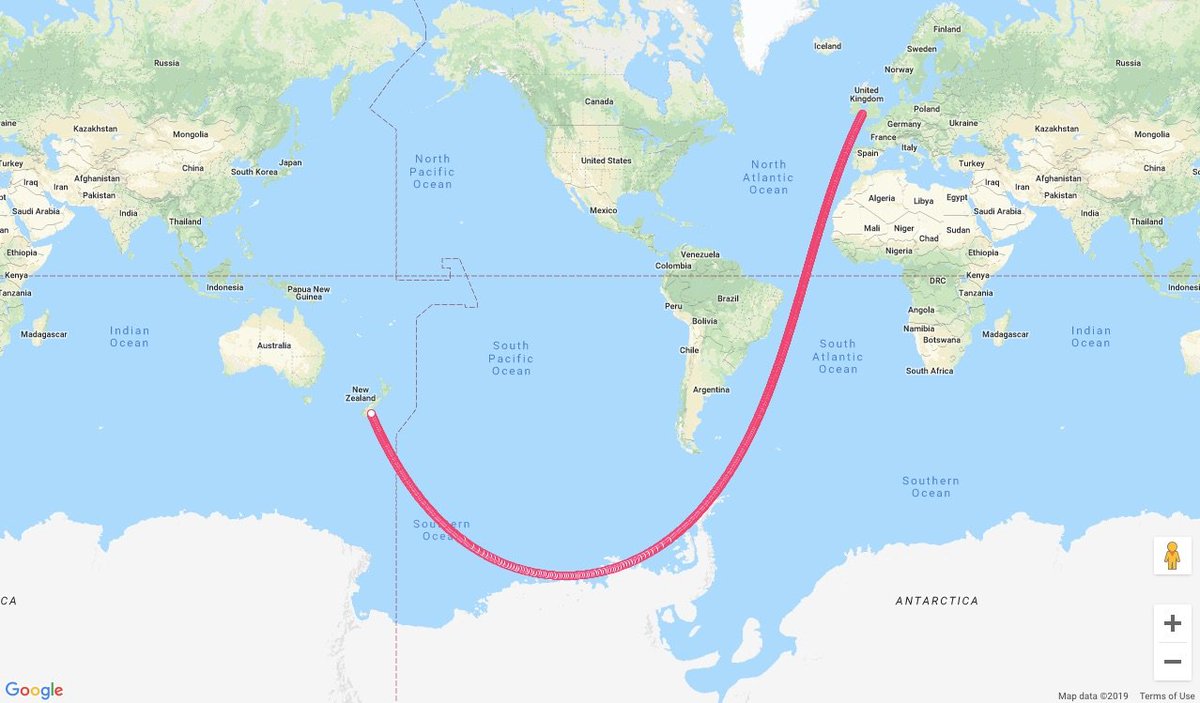In the cold waters of the Pacific coast of the US & Canada are forests of giant kelp, Macrocystis pyrifera.
Under optimal conditions, they can grow as much as 2 feet (0.6 m) per day, to heights of 175 ft.
Let's talk about the weirdness of giant #kelp & how it can help us.
Under optimal conditions, they can grow as much as 2 feet (0.6 m) per day, to heights of 175 ft.
Let's talk about the weirdness of giant #kelp & how it can help us.

First, giant kelp isn't a plant. Nor is it animal or fungus: it's a protist, the odd category that includes a wide variety of unicellular & multicellular organisms.
As a protist, it follows different rules from plants: no roots, the whole organism is photosynthetic.
As a protist, it follows different rules from plants: no roots, the whole organism is photosynthetic.

Because it's marine, it doesn't require structural polysaccharides & proteins to hold it up. Vascular structures used to transport fluid & food are minimal.
It's good at producing a lot of energy rich sugars, stored locally in tissues.
It's good at producing a lot of energy rich sugars, stored locally in tissues.

It's creates a whole ecological niche: it's food for everything from commensal fungus & bacteria to snails, sea urchins... which support apex predators like sea otters & fish.
Humans harvest ~150K tons of kelp for alginate, which we use in ice cream, toothpaste and lipstick.
Humans harvest ~150K tons of kelp for alginate, which we use in ice cream, toothpaste and lipstick.

The domestication of kelp for biofuels has great potential. Because kelp grows so fast, has so much sugar, it can be high yield for thermochemical liquefaction to biofuel.
Unlike terrestrial plant use, it doesn't displace food production, require fertilizer or fresh water.
Unlike terrestrial plant use, it doesn't displace food production, require fertilizer or fresh water.

Rather than occupying the natural intertidal zones, giant kelp can be grown artificially in open ocean on seeded ropes, optimizing growth rates & yields.
Added bonus, kelp absorbs dissolved CO2, elevating oxygen and pH levels in the surrounding area.
Added bonus, kelp absorbs dissolved CO2, elevating oxygen and pH levels in the surrounding area.

As a protist, kelp lacks lignin & structural polysaccharides, so it's easier to convert (lower energy input) & unharvested kelp in open ocean would sink to the ocean floor, sequestering carbon. 

Research in this area is around optimizing growing rigs: "elevators" can move kelp lines up to catch sun during day, to deeper nutrient-rich waters at night.
Investigations are also underway to breeding optimal strains of Macrocystis pyrifera & microbiome optimization.
Investigations are also underway to breeding optimal strains of Macrocystis pyrifera & microbiome optimization.

It's estimated that a "Utah-sized patch of ocean equal to just 0.13% of the Pacific Ocean could make enough kelp biofuel to replace 10% of the liquid petroleum consumed annually in the United States." 

If you want to learn more!
A little about giant kelp:
montereybayaquarium.org/animals/animal…
Biofuel research:
dornsife.usc.edu/news/stories/3…
A little about giant kelp:
montereybayaquarium.org/animals/animal…
Biofuel research:
dornsife.usc.edu/news/stories/3…
• • •
Missing some Tweet in this thread? You can try to
force a refresh

 Read on Twitter
Read on Twitter



















